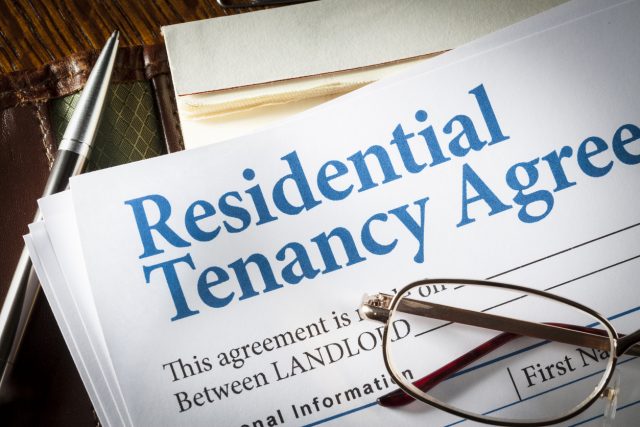Making a Case for Automated Data Governance
Ben Douglass, Global Marketing Director of data management automation company ZAP, discusses why a sound automated data governance process is at the heart of corporate best practice, customer trust and ultimately, compliance.
Data is the lifeblood of enterprise level businesses. Every organisation generates vast amounts of data relating to their processes and clients, but too few have built an efficient way of managing that data so that it remains accurate, consistent and secure. Enter automated data governance.
Today, a vast number of enterprises have their data tied up in disparate systems which require manual management procedures. From spreadsheets and content management systems through to databases and data warehouses – how can you manage your data to ensure it’s not
only compliant, but also so it’s an accessible asset that can support you in making business decisions?
Without Automated Data Governance in place, organisations run a number of risks when it comes to managing, handling and storing their data. In our experience, there are three key signs that your manual data governance process is falling short of what’s needed:
#1 Slow time to insight
Unmanageable data landscapes are all too common. In many businesses, data governance technology equals Excel spreadsheets, Sharepoint, Wikis and Word files which outline a framework or policies, business rules and assets, all designed to manage and enable the use of data.
The problem… with all this information sitting in different pockets among different departments, insights are held in silos and are difficult for the right people to access at the right time.
Metadata, for example, is data about data. It can guide data scientists to the information they need quickly and efficiently. Manual management of metadata can be an extremely lengthy process and can result in error. Further down the line, this manual process slows down time to insight, as the data scientists take longer to find the data they require due to poor metadata standards.
With automated data management, the manual labour and chance of error is removed from the process, meaning data scientists can quickly access the information they need.
#2 Poor data quality
With businesses now seeing the benefits of leveraging their data to gain insight and build confidence in business decisions, data quality has become evermore important. If data is used for calculations and decision making, it needs to be right.
Manual error detection for data governance would involve spreadsheets and other data sources being routinely scanned for errors, omissions, faulty formulas and any other issues that might compromise data integrity. Automated data governance, however, would allow you to detect and resolve errors that managed to evade manual detection – reducing the chances of operational or strategic errors.
#3 Access control
To ensure the integrity of their data, enterprises must enforce access controls for all critical data sources. This includes spreadsheets, databases, data warehouses and other business systems.
In businesses where there is a lack of governance procedure, business data could be passed into BI tools and could, therefore, be accessible to everyone. This creates the risk that someone might publish data that is intended to be secure, or that a user may access sensitive data that they shouldn’t have access to.
Data governance is in place to establish who has access to what level of data, what permissions should be in place, and what changes have been made to the data and by whom.
Automated data governance ensures the integrity of data by:
- Protecting from unauthorised data access and breaches
- Supporting regulatory compliance
- Protecting data from tampering
Automating data governance for insight
With enterprises leaning toward more global business models and becoming more complex, it’s essential that there are automated controls in place which will aid the discovery, management, error-checking and monitoring of any data which is used to support the day-to-day business runnings and strategic decision making.
A sound data governance policy and automated data governance delivers that solution, enabling enterprises to be confident that the data they are acting on daily is complete, accurate, and secure.










